Gran Celebración de Jeongwol Daeboreum (정월대보름 한마당)
1.9Km 2025-02-05
Samcheong-ro 37, Jongno-gu, Seúl
02-3704-3106
El Museo Folclórico Nacional de Corea celebra la festividad de la luna llena, conocida como Jeongwol Daeboreum. Se realizan muchos eventos tradicionales para desear buena suerte en el nuevo año.
Jinhyang Jokbal (진향족발)
1.9Km 2021-03-19
231-1, Jong-ro, Jongno-gu, Seoul
+82-2-745-5533
A pig's trotter(s) specialty restaurant located near Jongno 5(o)ga Station in Seoul. One of the top 5 jokbal (pig's trotter) restaurants in Seoul. This restaurant's signature menu is braised pigs' feet.
Seochon Guest House [Korea Quality] / 서촌 게스트하우스 [한국관광 품질인증]
1.9Km 2023-04-07
28-3, Jahamun-ro 7-gil, Jongno-gu, Seoul
+82-010-3345-9680
Seochon Guest House is located in Seochon, which is becoming a hot place for tourists in Seoul, and precisely on the road to Suseong Valley, whichis filled with interesting stores and is also well-known for Park Nosoo Art Gallery and the House of Yun Dong-ju (poet). Seochon Guest House is nicknamed ‘Jaeminangol (interesting village)’ after Baekseok’s poem ‘Yeowunangol’, with the aim of providing a visit full of interesting experiences. Passing through a garden and entering the main building, the unique charm of this hanok building, the staircase to get to the first floor from daecheong (main floored room), catches the eye of the visitors. In addition, the building is decorated with various stylish objects including paintings and Korean musical instruments. The terrace situated on the first floor offers an open view of the surrounding area including roof tiles of hanok structures and alleyways in Seochon. It is said that Korean novelist Yoon Hu-myeong also appreciated the structure of the guesthouse, saying, “It is an interesting place.” Built in the 1930s, the house, which has many storage places, was taken by the owner couple in spring 2014 as they were attracted by the house during their trip to Seochon. After the repair work, the ground floor of the house was opened for guests from January 2016, hoping that guests could share their daily experiences and stories with each other. The guestrooms and the main floored room on the ground floor are open to guests, with the exception of the first floor, which is used by the owner couple. The living room is equipped with books, a curved TV, and a table. The tasty meal, which is served in the kitchen, consists of rice and soup with six side dishes and is much loved by guests. The guesthouse offers a total of four rooms – Jae Room, which is the most Korean-style room; Mi Room, which has a combined style of a Korean-style room and Western-style room; Nan Room, which is an ideal room for meditation with a beautiful paper window; and Ahn Room, which is equipped with a veranda and a pretty flowerbed. Every room has its separate charm with various comfortable bedding to provide a quiet and cozy bedroom for guests in the middle of the city. Furthermore, the guesthouse holds a pansori (epic chant) performance twice a year. The owner started learning how to sing pansori to promote the Korean culture and tradition to foreigners. When a pansori performance is held, the owner offers traditional Korean snacks and drinks including sikhye (sweet rice punch), sujeonggwa (cinnamon punch), traditional sweets and cookies, and tteok (rice cakes) to visitors, tourists, and performers. Moreover, it provides cultural programs such as a Gukak (Korean classical music) experience, Korean traditional clothes experience, and making Korean food experience, as well as other activities with guests, such as trip to the city wall between Inwangsan Mountain and Bugaksan Mountain, and the Royal Palace Tour to Gyeongbokgung Palace, etc., as well as a trip to a traditional market.
Châtaigne (샤떼뉴)
1.9Km 2021-12-29
19, Samcheong-ro 5-gil, Jongno-gu, Seoul
+82-2-736-5385
Châtaigne is a French restaurant housed in a charming hanok (traditional Korean house) that was remodelled to accommodate dining tables and chairs. Châtaigne uses seasonal ingredients to create a simple and unique French course meal.
Podam (포담)
1.9Km 2021-03-22
11, Jahamun-ro, 9-gil, Jongno-gu, Seoul
+82-2-733-0831
A store featured in Korean gourmet programs. This Chinese (cuisine) restaurant is located in Jongno-gu, Seoul. The most famous menu is dim sum.
GOGHI (고희)
1.9Km 2021-03-26
17, Jahamun-ro 12-gil, Jongno-gu, Seoul
+82-2-734-4907
A good café to have a meal as it has a brunch menu as well as drinks. This cafe is located in Jongno-gu, Seoul. The representative menu is americano.
Inwoohouse [Korea Quality] (인우하우스 [한국관광 품질인증])
1.9Km 2025-07-18
9, Gyedong 6-gil, Jongno-gu, Seoul
Bultaneun Gopchang (불타는곱창)
1.9Km 2021-07-20
8, Jong-ro 35-gil, Jongno-gu, Seoul
+82-2-3672-4885
This Korean cuisine is located near Jongno 5(o)ga Station, Seoul. The representative menu is assorted pork intestines/assorted beef intestines. A restaurant specializing in Korean-style grilled intestines.
Hojil (호질)
1.9Km 2021-03-20
15, Jahamun-ro, 9-gil, Jongno-gu, Seoul
+82-2-764-6822
A good restaurant to visit before and after the tour, being located near Gyeongbokgung Palace, one of the tourist attractions. This restaurant's signature menu is spicy sea snail salad. This Korean dishes restaurant is located in Jongno-gu, Seoul.
Jalppajin Memil - Seochon Branch (잘빠진메밀 서촌)
1.9Km 2021-03-18
41-1, Jahamun-ro, Jongno-gu, Seoul, Korea
+82-70-4142-1214
This is a Korean cuisine located in Jongno-gu, Seoul. A restaurant that uses noodles made with 100% buckwheat directly by the chef. The best menu at this restaurant is dumpling hot pot.

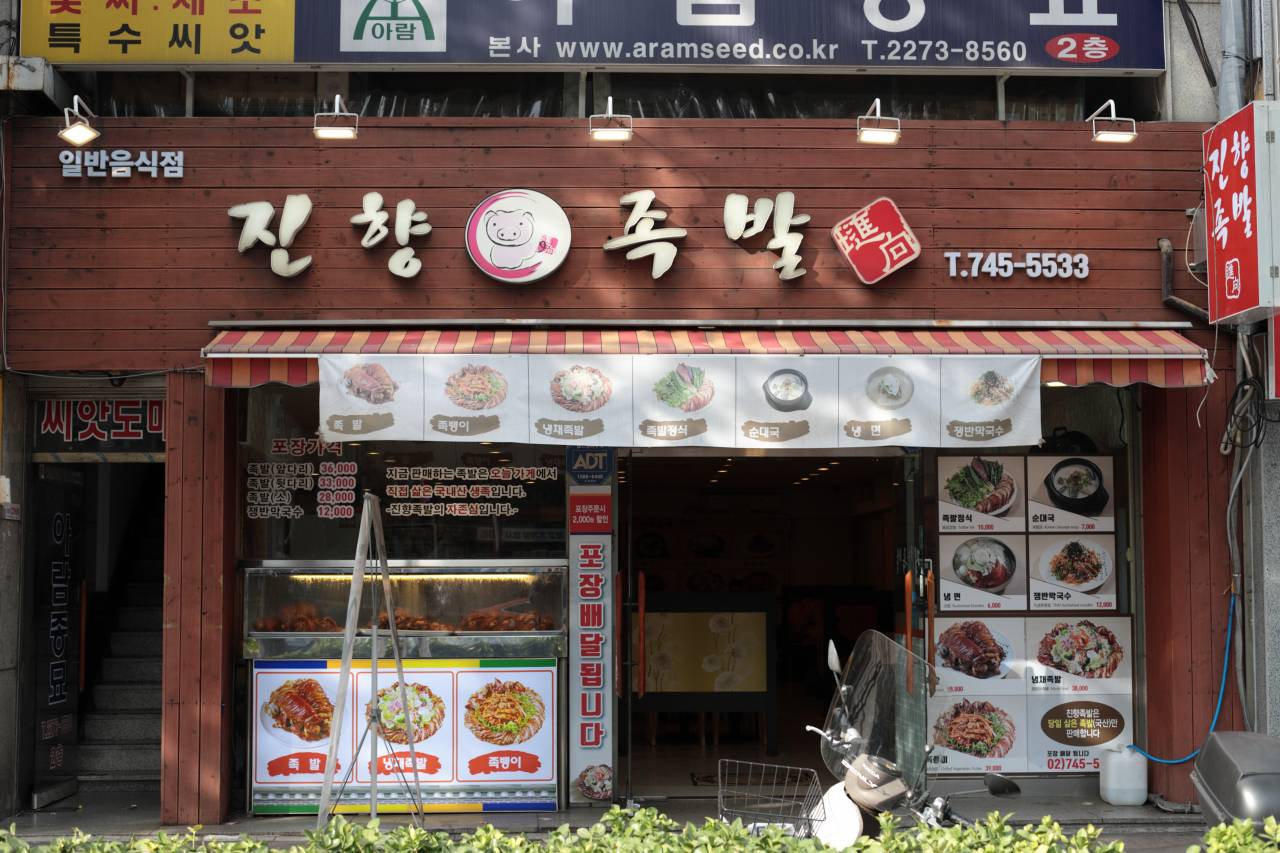
![Seochon Guest House [Korea Quality] / 서촌 게스트하우스 [한국관광 품질인증]](http://tong.visitkorea.or.kr/cms/resource/41/2447241_image2_1.jpg)
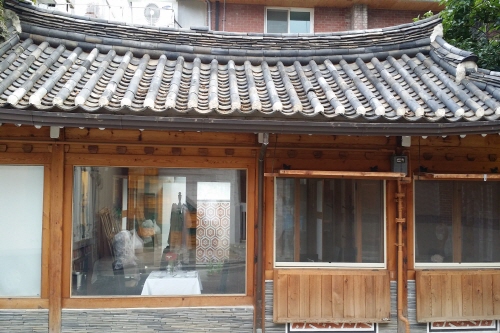
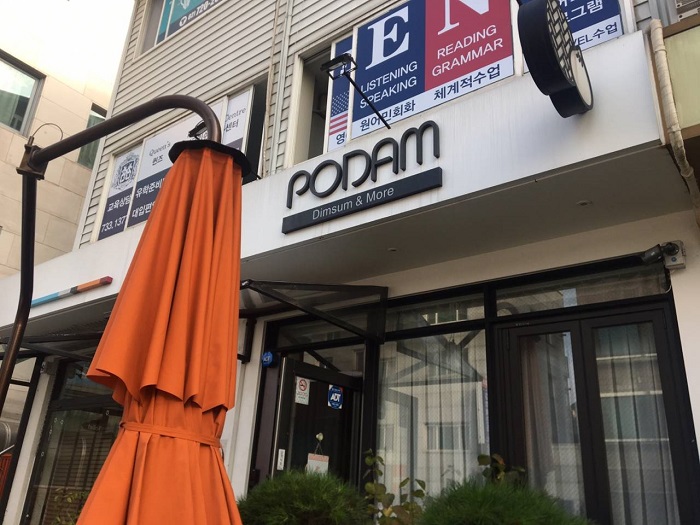
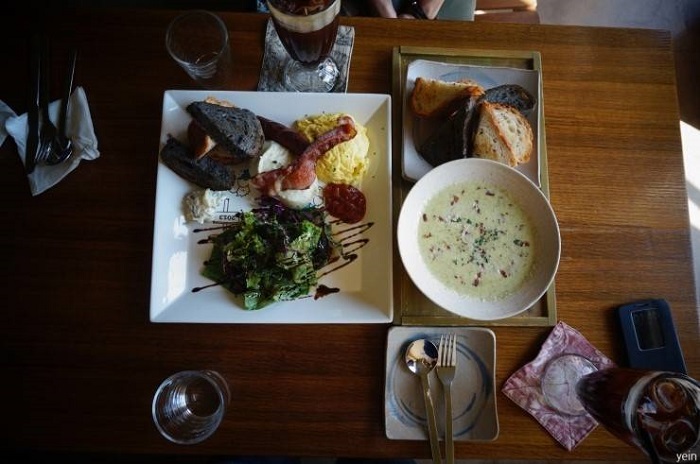
![Inwoohouse [Korea Quality] (인우하우스 [한국관광 품질인증])](http://tong.visitkorea.or.kr/cms/resource/56/3009456_image2_1.jpg)
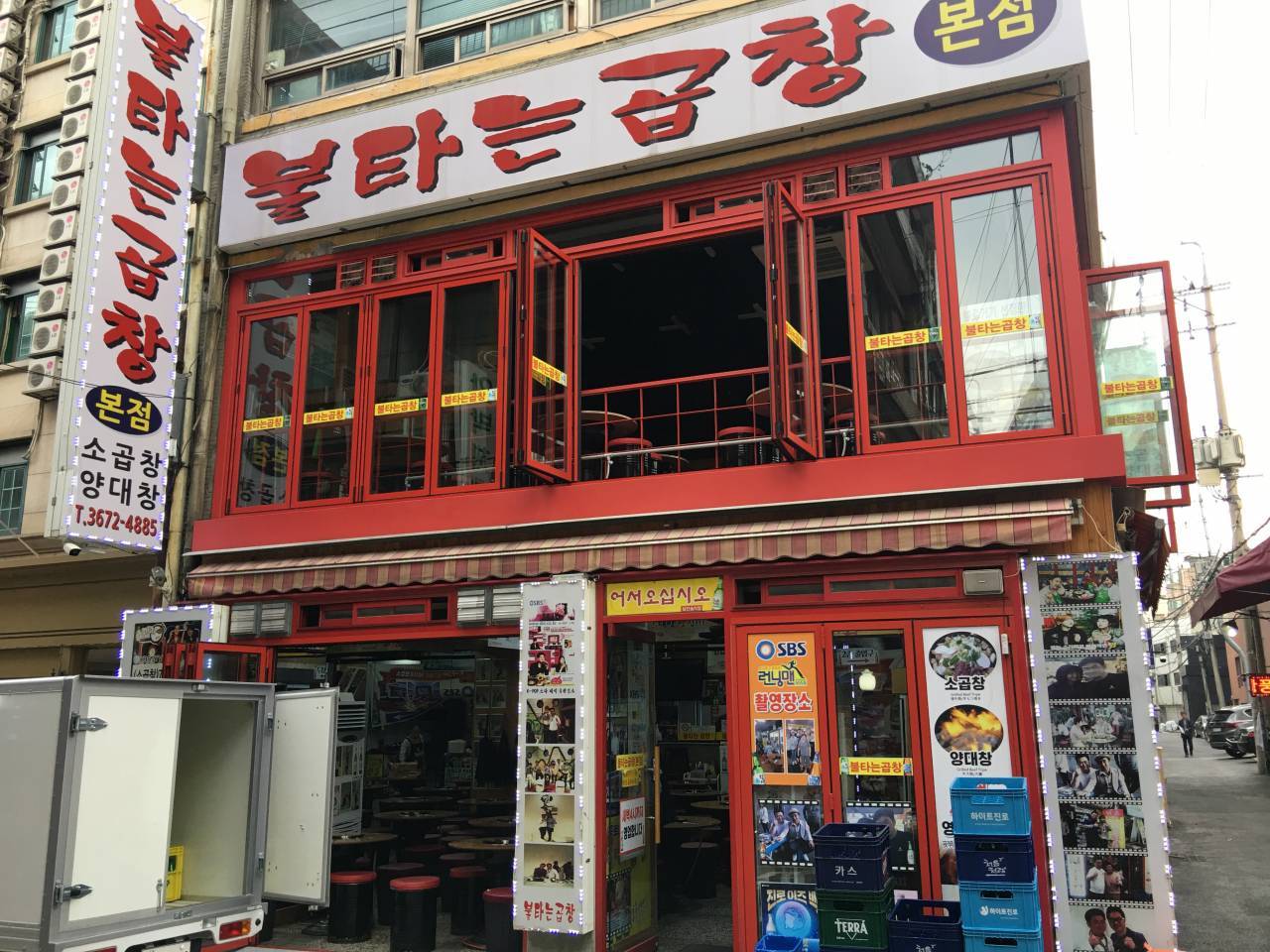
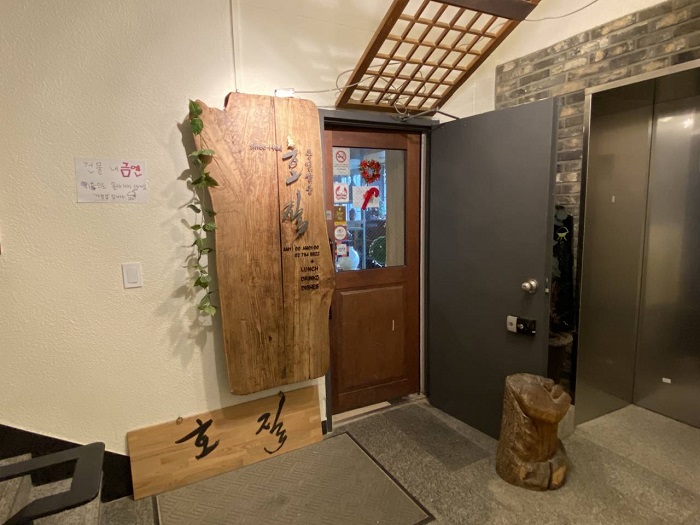
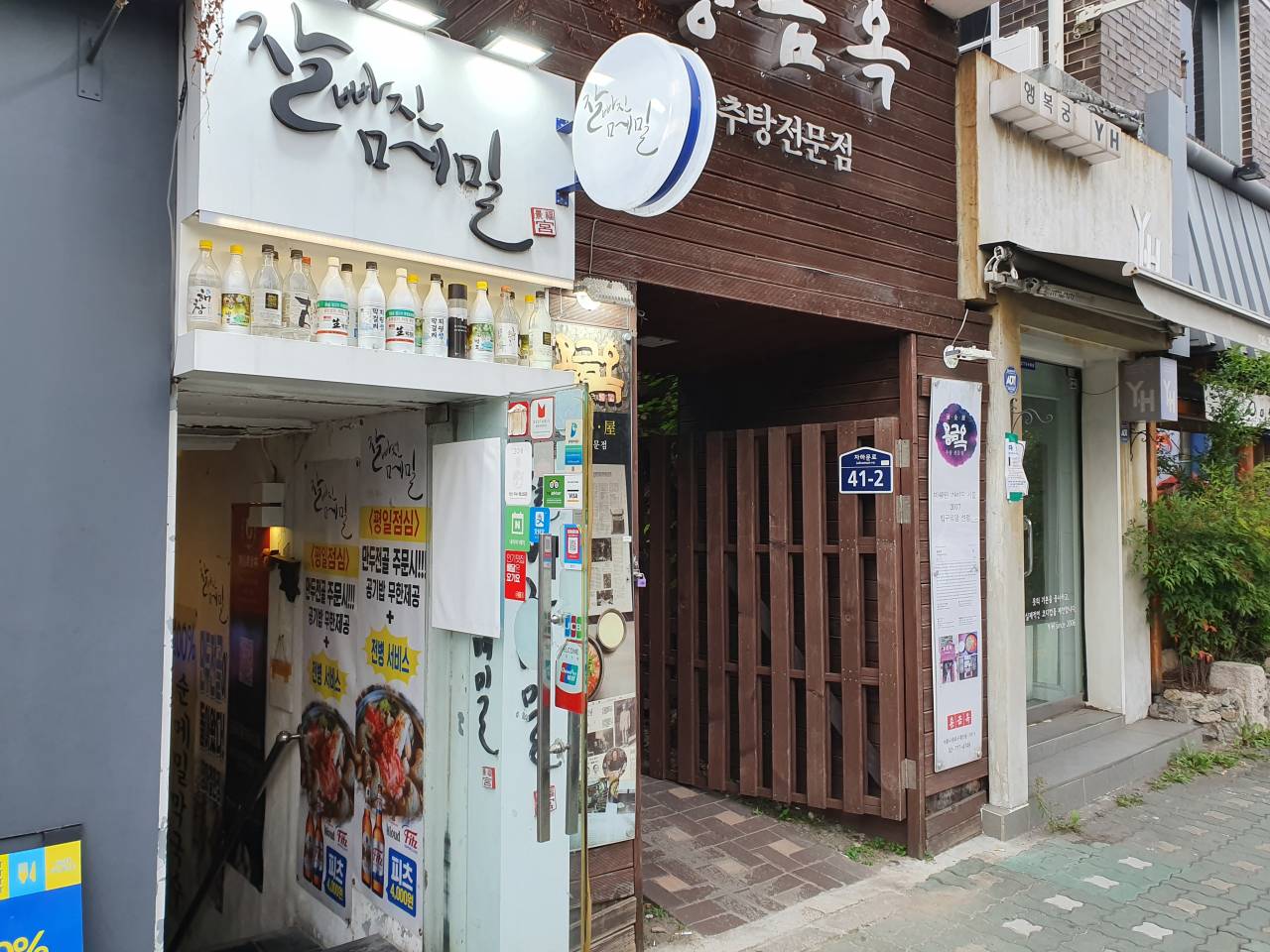
 Español
Español
 한국어
한국어 English
English 日本語
日本語 中文(简体)
中文(简体) Deutsch
Deutsch Français
Français Русский
Русский